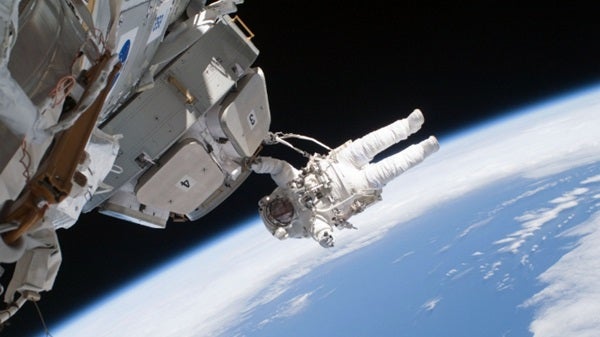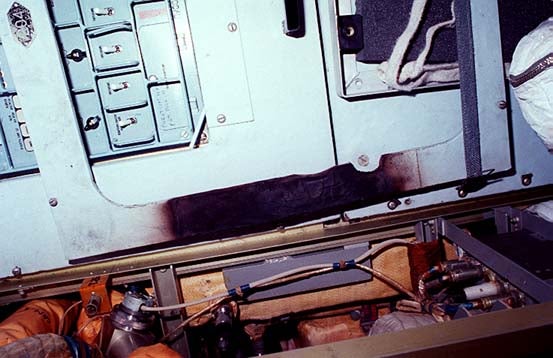The History of Space Emergencies
There are plenty of emergencies for us to pick from in science fiction movies and novels, but what about ones that have actually happened in the real world? First, let’s take a look at the history of space travel and outer space emergencies.
Apollo 13 is probably the most famous space emergency. In 1970, Apollo 13 launched from Cape Canaveral and was en route to the Moon when, 56 hours into the mission, one of the craft’s oxygen tanks exploded. Instead of landing on the Moon, as they had planned, the crew and the Ground Control team had to figure out how to get the astronauts home. Ground Control was able to talk the astronauts through some minor repairs — such as rigging a replacement filter for the CO2 system responsible for keeping their air breathable — and bring the crew home.
The crewmembers of the Soyuz 11 are the only people who have died in space — three cosmonauts were asphyxiated just before reentry because an air vent had opened during the automated descent phase, exposing them to the vacuum of space. The craft landed safely on autopilot, but the astronauts had died during reentry.
After the Columbia disaster, NASA put a rescue program into place for the remaining space shuttle flights. There was no backup shuttle available immediately, so the plan called for astronauts to shelter on the International Space Station and await either a second shuttle (which could take up to 40 days to prepare) or rely on the Russian Soyuz vehicles to bring back only one astronaut at a time.
Emergency Potential
What sorts of emergencies could happen out in space?
Medical emergencies can occur in outer space just as often as they happen here on Earth, but being in orbit means that the astronauts are hundreds of miles straight up from the nearest doctor — and they don’t always send medical doctors into space. That’s why all astronauts receive basic medical training. Even things like CPR, which is standard procedure here on Earth, can be difficult without gravity to hold the patient to the ground.
Micrometeorites are another hazard astronauts may encounter in space. These tiny pieces of space dust get accelerated to supersonic speeds, and even a flake can be devastating. A hole in the hull of the International Space Station can create a massive emergency — venting oxygen makes it hard to breathe and could potentially push the station out of its orbit.
There’s no plan in place to repair the hull in the event of a breach. If the compartment can’t be isolated and fixed later, the emergency plan in place is to shut down the station and evacuate back to Earth in the attached Soyuz module.
Fire can also be a problem in space. One incident, which occurred on the MIR space station in 1997 (the station was deorbited in 2001), changed the way that astronauts handle fires. A faulty lithium-perchlorate canister — used to produce oxygen on MIR — ignited faster than intended, creating a fire that blocked the astronauts’ escape route to one of the two vehicles needed for evacuation. Only three of the six crewmembers on board could have left. When you’re dealing with fire in space, you’re also dealing with the fact that fire burns oxygen, which is in limited supply.
On the planet’s surface, we also have things like dust storms to contend with, such as the massive storm that knocked the Opportunity rover offline earlier this year. Although martian winds rarely rise above 60 miles per hour, any people or equipment on the surface of the Red Planet will likely still need protection from this potentially dangerous weather.













